At the beginning of the last century, Reykjavík was divided into three parts, downtown, east and west. The more affluent lived in the city center, in Kvosin and at the lower parts of Þingholt. The others lived elsewhere, like on Vesturgata, but as the name implies, it runs west from Kvosin by Aðalstræti and down to the sea as far as Ánanaust, just about a kilometer long. First, the street was called Hlíðarhúsastígur after Hlíðarhús, a cottage that stood where the Naust restaurant is now. Later it got the name Læknisgata, because the National Doctor lived in Hlíðarhúsavellir by the street on a large plot of land. Just before the turn of the century 1900, this residential street was given the name it bears today, Vesturgata. The street is very diverse, there are beautiful stately houses in the east, closest to the city center, then comes an unusual mess in the middle of the street, big stately houses, and older wooden houses. In the west, the street is being transformed, big new apparment buildings are being built, parts of it are being brought into the 21st century. Icelandic Times / Land & Saga took a photo tour in this western part of Reykjavík, because there are five Vesturgatas in the country, in Ólafsfjörður, Akranes, Hafnarfjörður, Keflavík and of course in Reykjavík.
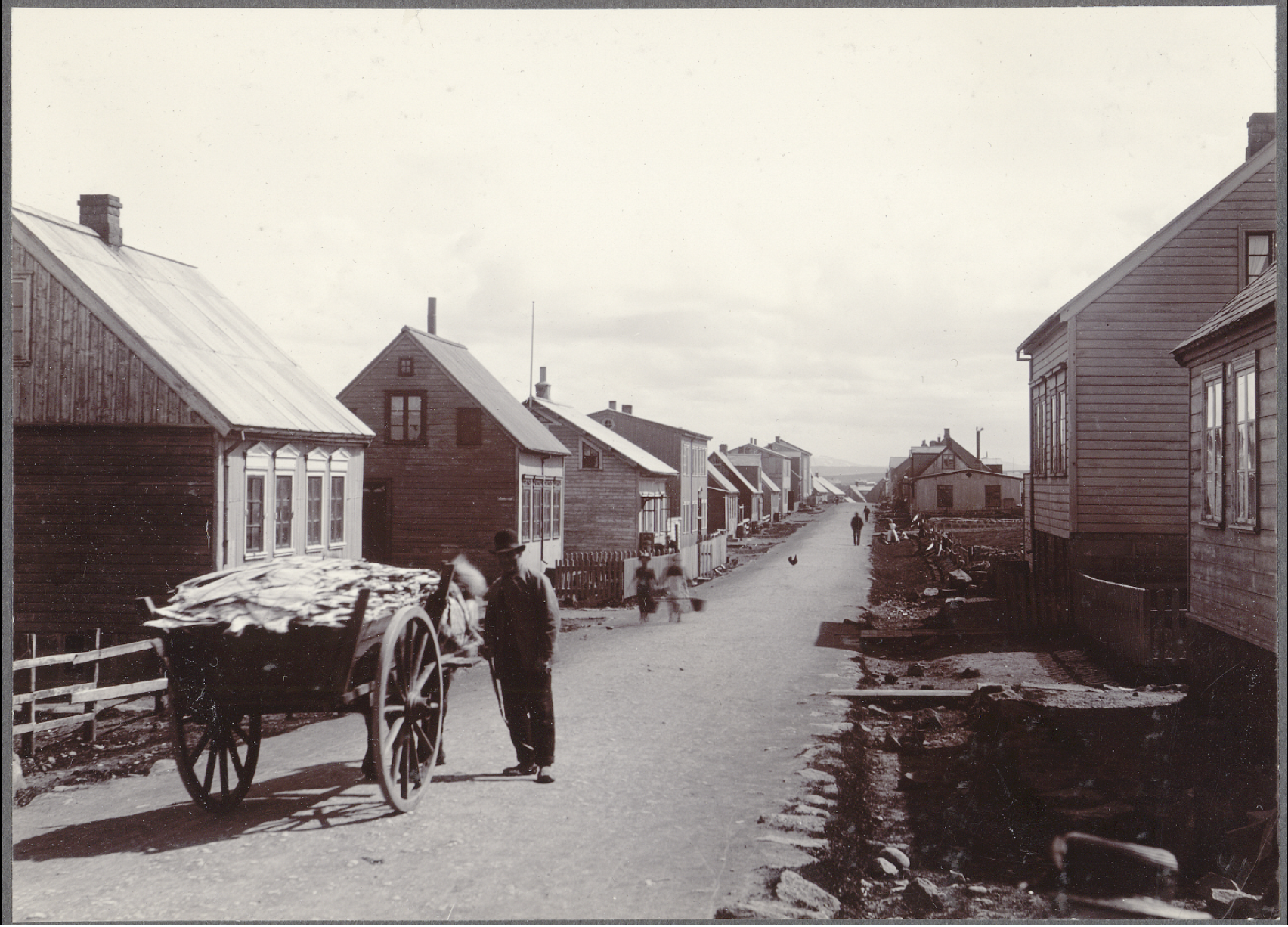


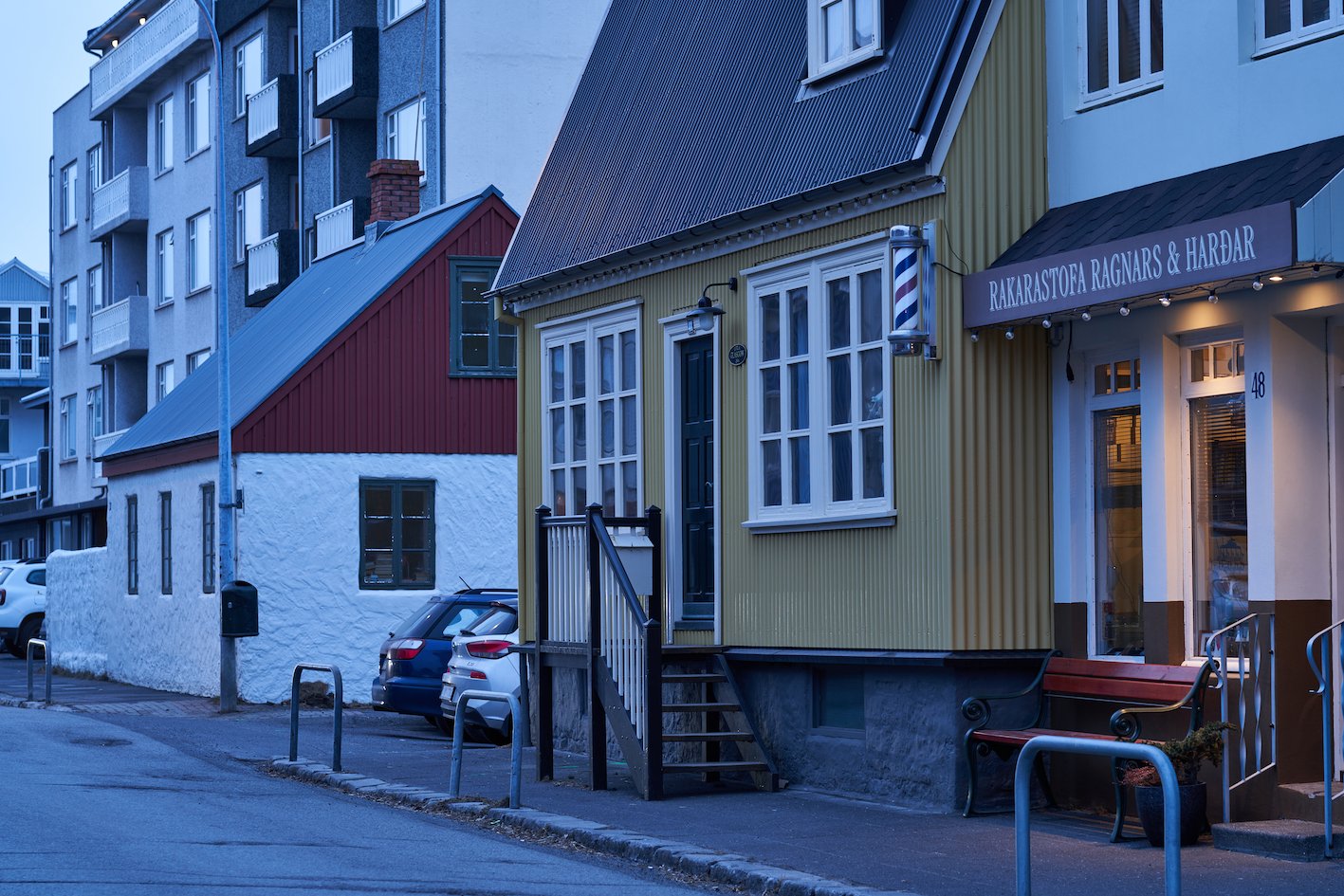
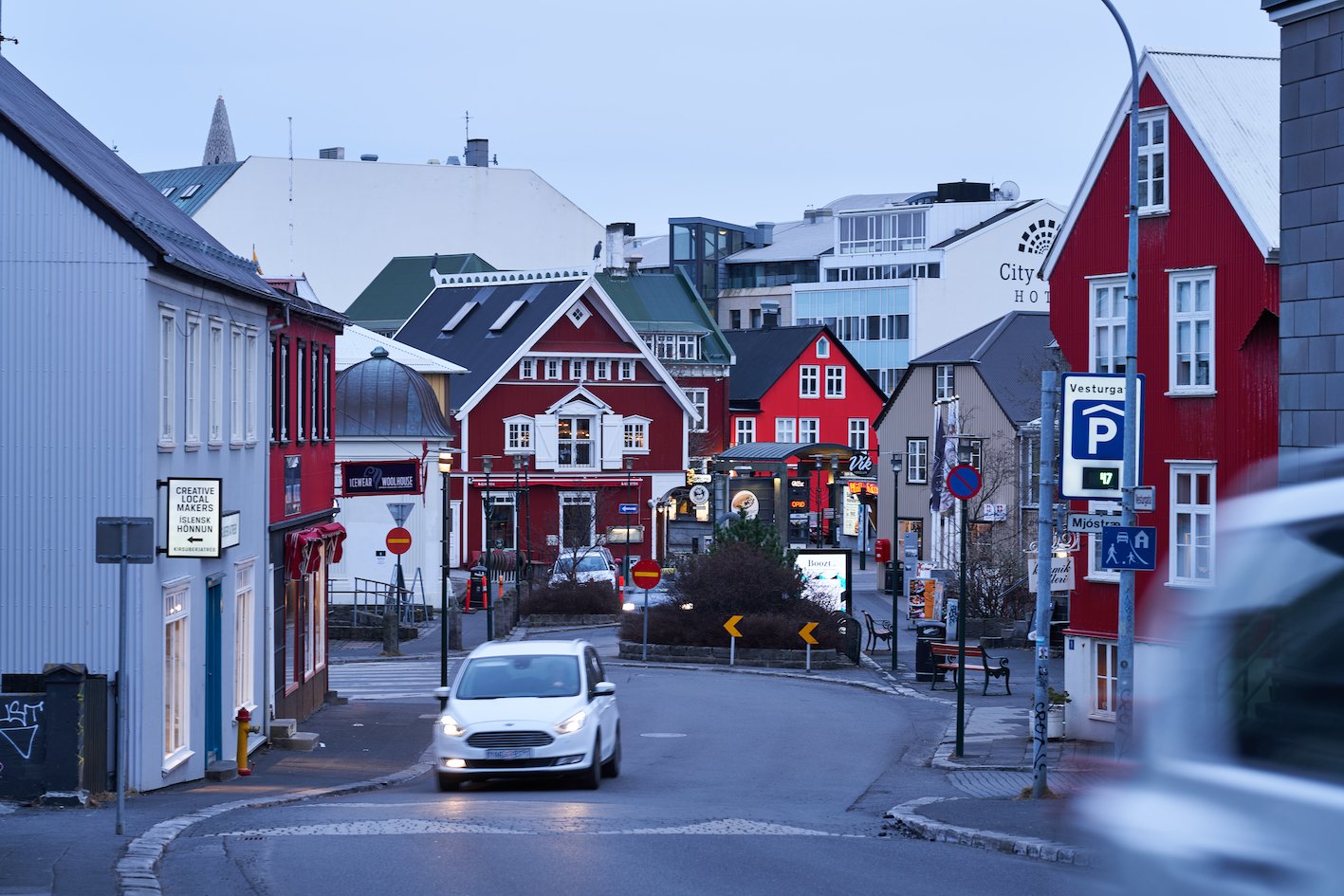
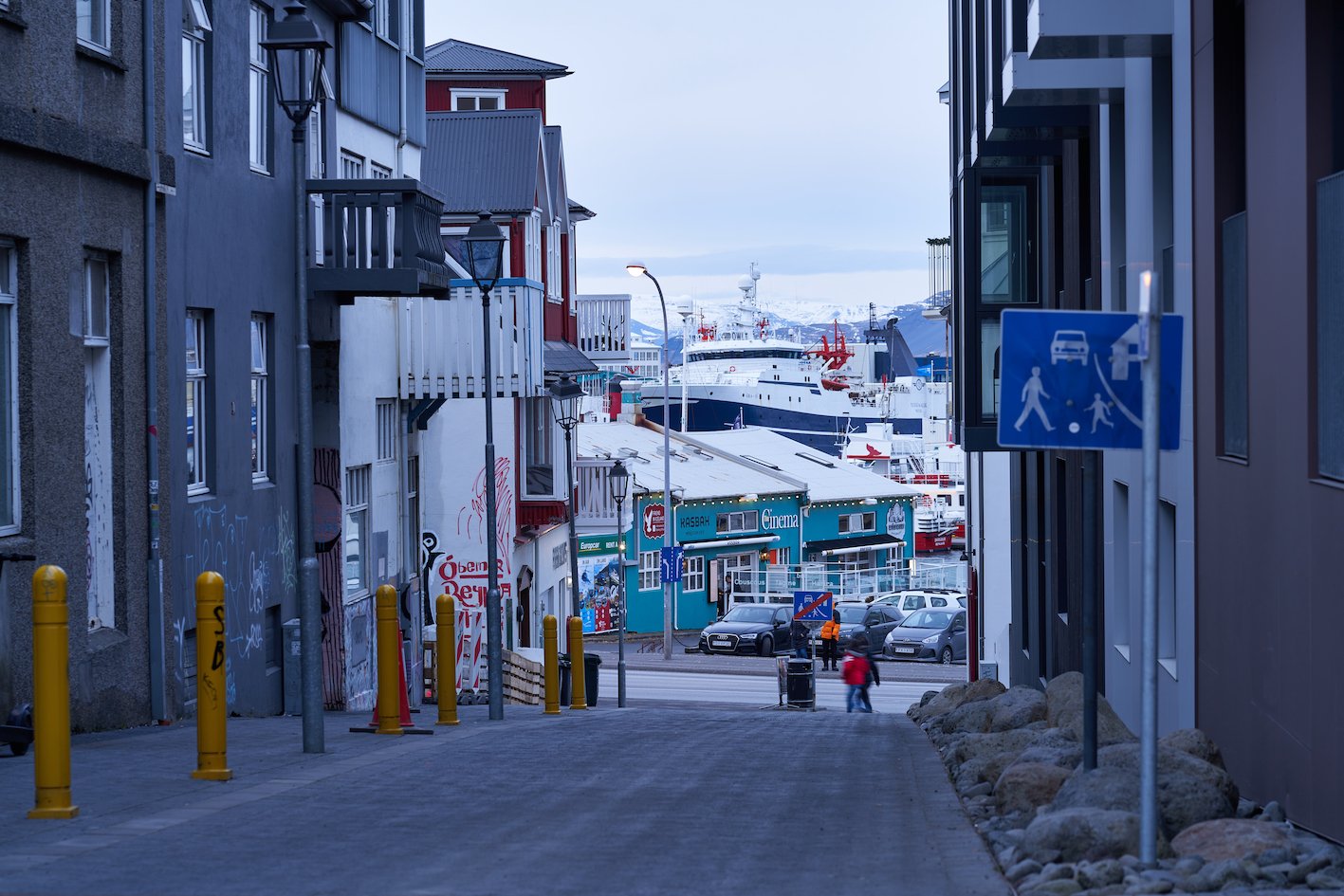
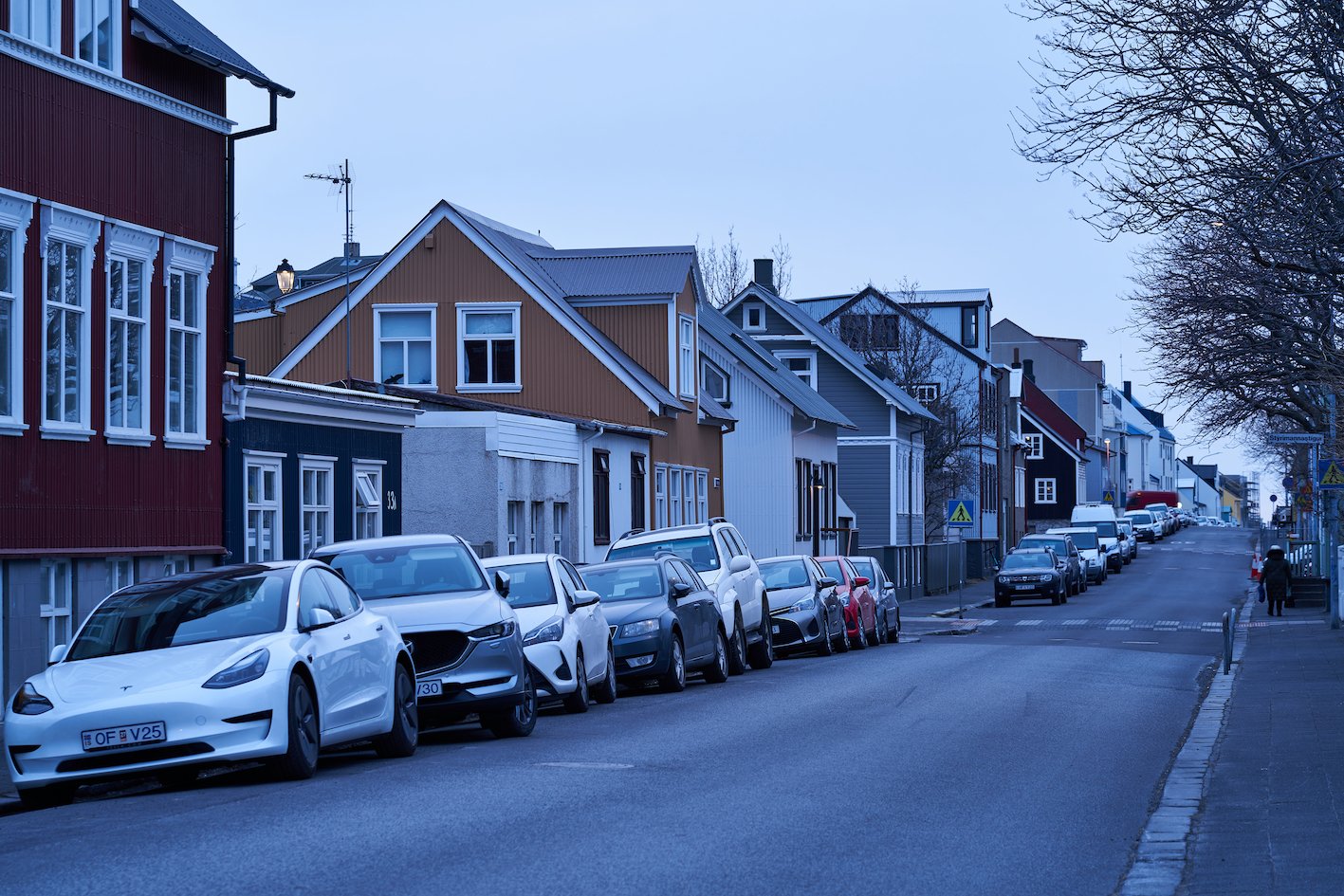
Reykjavík 28/03/2023 : A7R IV : FE 2.8/100mm GM




